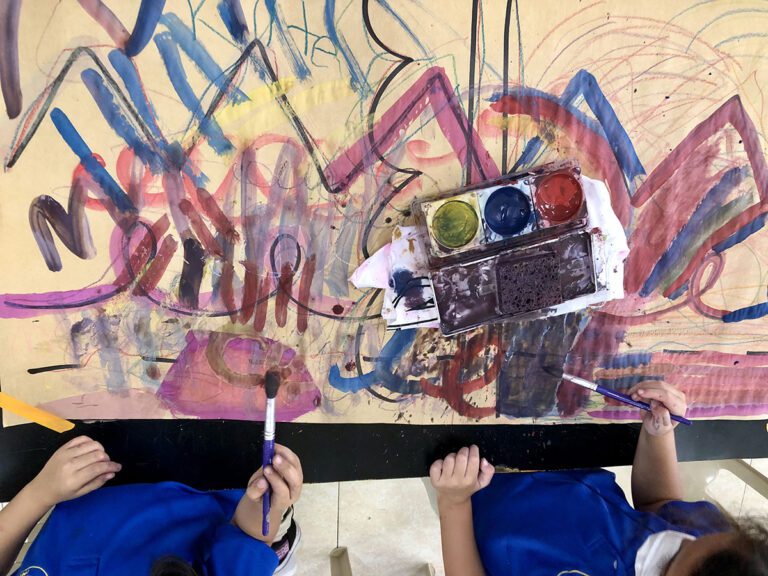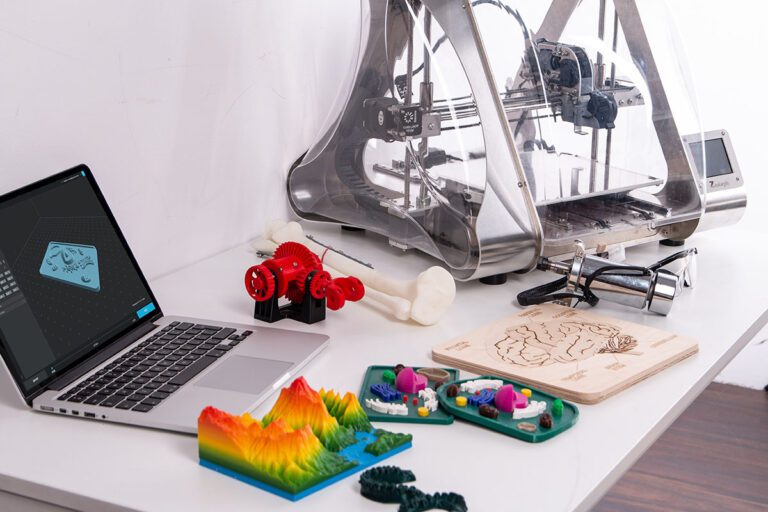Art Education focuses on engaging in self-discovery, goal setting, and working alongside others. Social-Emotional Learning (SEL) leads students through an awareness of self, processing experiences, understanding others, and making responsible decisions. The overlap of these two fields is uncanny!
Let’s take a quick look at what SEL is and two reasons why it’s not “one more thing” to tack on.
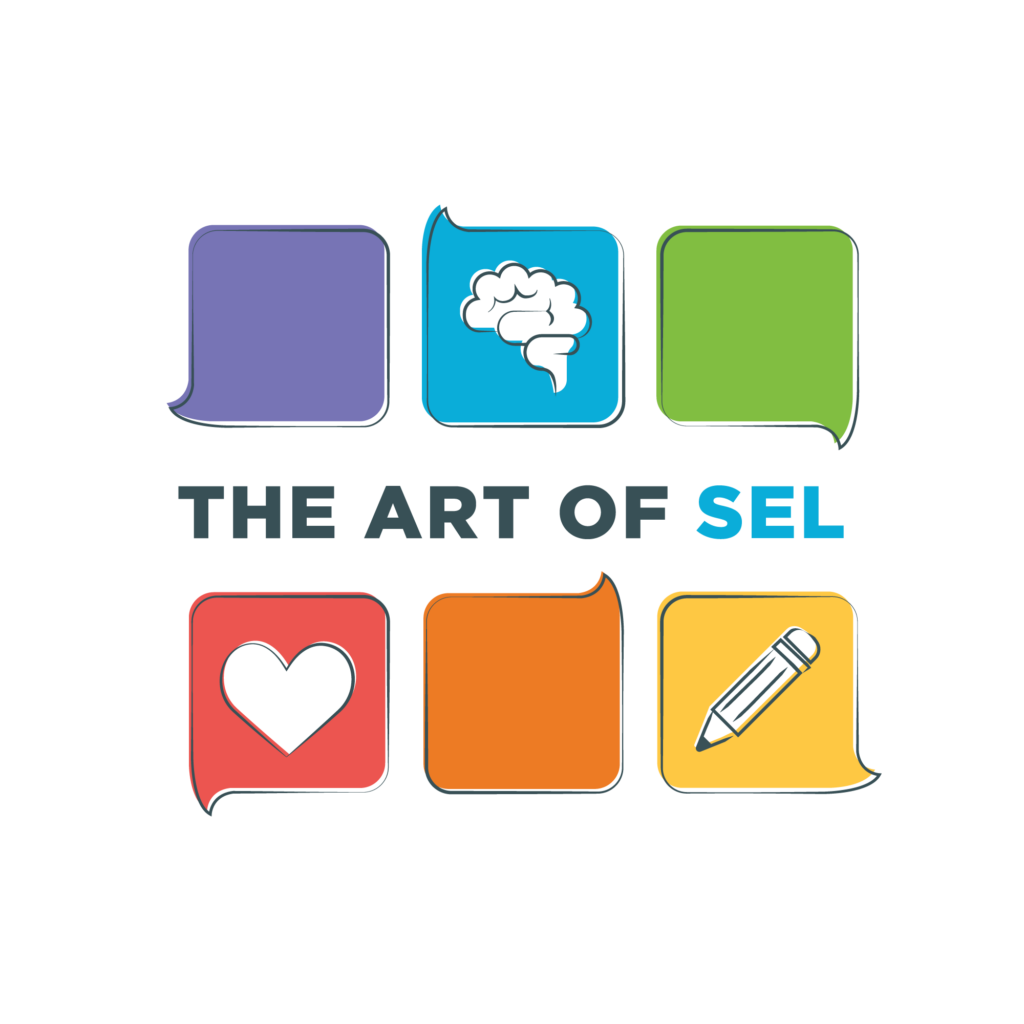
For a more in-depth look at SEL, check out The Art of Education University’s newest limited-series podcast, The Art of SEL. This eight-episode series explores how art educators can thoughtfully and creatively engage their students in SEL.
What is SEL?
SEL is an umbrella term that unites broader conversations around student well-being and our role as educators. According to CASEL, the Collaborative for Academic Social and Emotional Learning, SEL is the process through which students develop healthy identities, manage emotions, achieve goals, establish and maintain supportive relationships, and make responsible and caring decisions.
You can find plenty of clinical definitions for SEL on the internet or in lengthy scholarly articles. This is why establishing a definition within the context of your school or educational environment is essential. Check with your school or district as they may already have a working definition, available resources, or state SEL standards.
Most SEL programs, curriculums, and standards are centered around 5 competencies:
- Self-awareness
- Self-management
- Social awareness
- Relationship skills
- Responsible decision-making
Each of these competencies is intentionally investigated in their own episode of The Art of SEL.
1. SEL provides a safe space, just like the art room.
Taking the time to get to know each student personally is a critical aspect of SEL. Once students feel comfortable, they will begin expressing themselves with their art and taking more risks. Catherine Davis-Hayes, an elementary art teacher in Warwick, Rhode Island, shares,
“It’s also a place where you have to be aware of where your students are coming from because art is something that does not always feel comfortable to every child. It means that they’re putting themselves out there in a new way.”
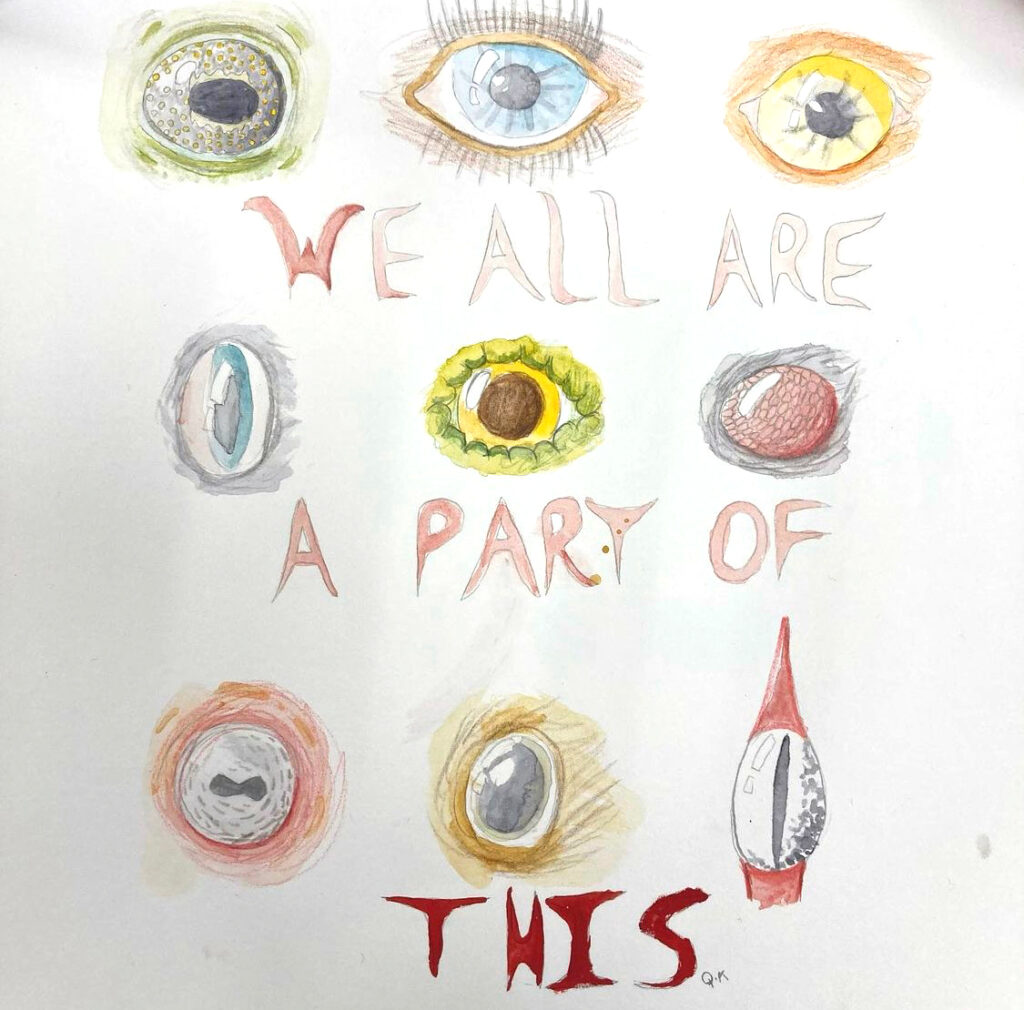
The art room was always a place we loved. If you think about it, we never really left. Acknowledging that our content and processes can be frustrating for some students is a critical step toward fostering a welcoming and safe environment for all learners.
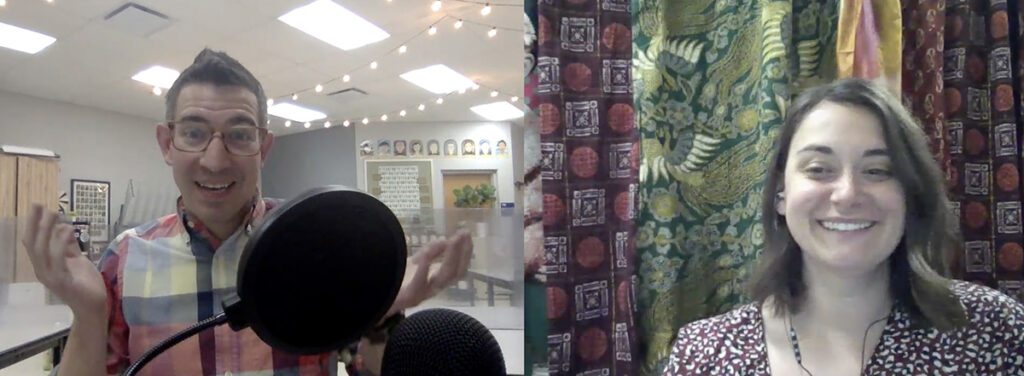
This notion of the art room being a safe space is fundamental to the beliefs of many art teachers. Lauren Suveges, a middle school art teacher from Florence, Oregon, shares that there is a lot of collective trauma in the community where she teaches. There are days when a presentation on color theory will have to be put on hold to address the needs of her students at the moment. Suveges reminds us, “The curriculum will always be there tomorrow, but sometimes your students need you to listen to them today.”
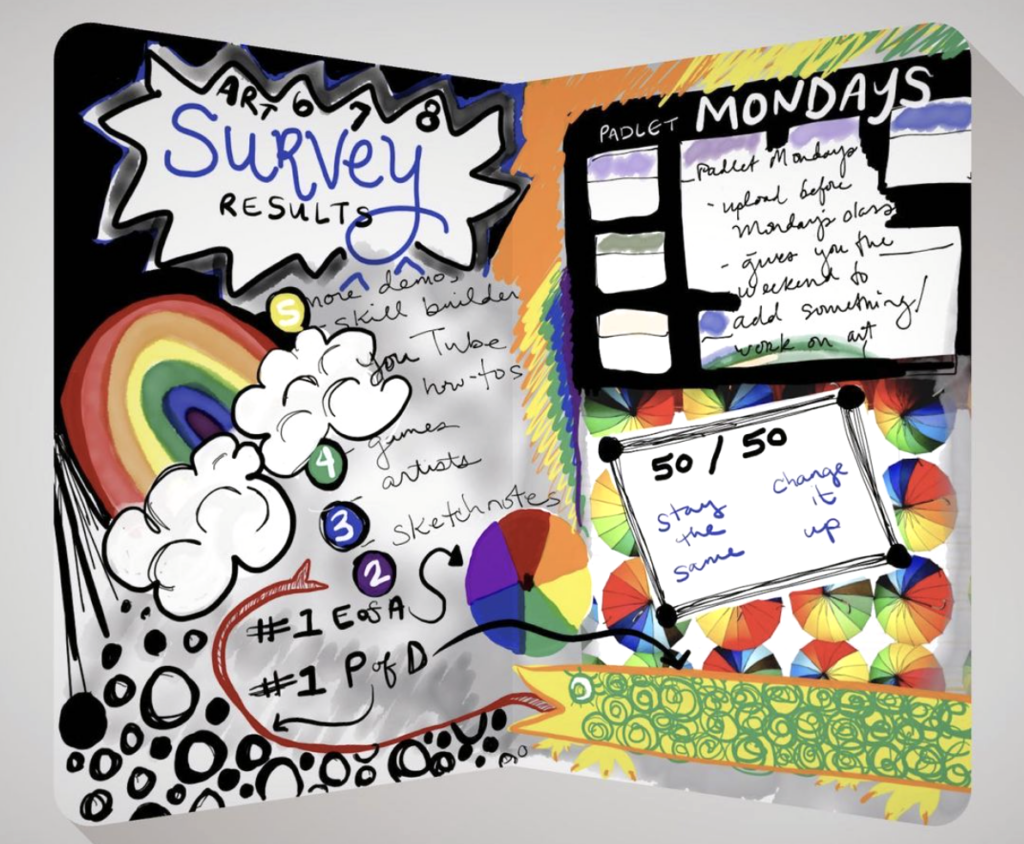
2. SEL promotes practicing awareness, like artists considering multiple perspectives.
Laura Naar, a high school art teacher in Chelsea, Michigan, turns community issues into inquiries in her art room. She takes issues she sees revolving around the community and turns them into questions. It is a way for the students to investigate a solution creatively.
Through Laura’s initiative #WhyYouMatter, students reflect on what makes them unique. They answer the question, “Why do you matter?” Students practice self-awareness as they take a good look at themselves. They also engage in social awareness as they learn about their classmates.
Awareness is noticing what is going on in and around you so you can make a choice.
I love to use this definition of awareness with my elementary students! To make a choice, sometimes we need to step out and learn about life from someone with a different perspective.
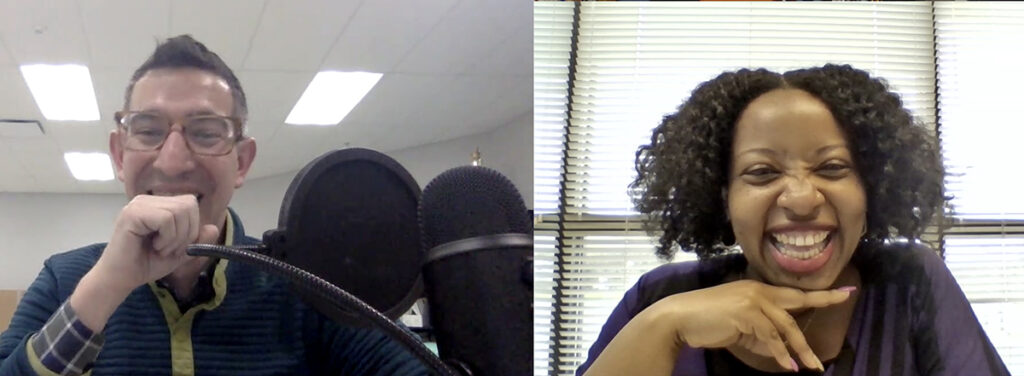
Mikela Thomas, an Assistant Director of Equity and Inclusion in Lewis Center, Ohio, says sometimes we may need to enter into spaces that make us feel uncomfortable. The discomfort doesn’t have to be seen as a negative experience because it can lead to positive ones like awareness, growth, and action.
None of the five competencies are summative. We don’t achieve self-awareness, get a sticker, and move on. These are skills we will continually work on. For example, consider the last competency of responsible decision-making. Try as we might, not one of us can say that we make responsible decisions all the time. As teachers, we must recognize that we have to start with ourselves to approach this critical work with our students.
“SEL is not ‘one more thing.’ It is the thing.”
The challenge is that SEL may feel like one more thing. I have heard this sentiment a lot, even from teachers I truly admire. If it feels like more work, pause and consider the positive impact of infusing SEL into your art instruction. SEL practices do not need to be implemented all at once. Rather, reflect on how to slowly and intentionally start conversations to allow for personal and social discovery.

Matt Beres is a Director of SEL in Wooster, Ohio. He sums it up well with this statement,
“I would say social-emotional learning isn’t ‘one more thing.’ It is the thing. And I think if you miss social-emotional learning, you have lost your students.”
For more information on SEL in the art room, listen to the limited-series podcast, The Art of SEL.
While it might sound like one more buzzword in education, social-emotional learning is vital to the art classroom experience. Establishing a safe environment for all students and a wider view of the world are just two ways SEL can have an immeasurable impact. Finding ways to introduce and continually develop SEL in your practice will benefit students and teachers alike.
How familiar are you with SEL?
How have you infused SEL practices into your art room?
What benefits have you and your students experienced from integrating SEL?
Magazine articles and podcasts are opinions of professional education contributors and do not necessarily represent the position of the Art of Education University (AOEU) or its academic offerings. Contributors use terms in the way they are most often talked about in the scope of their educational experiences.


